
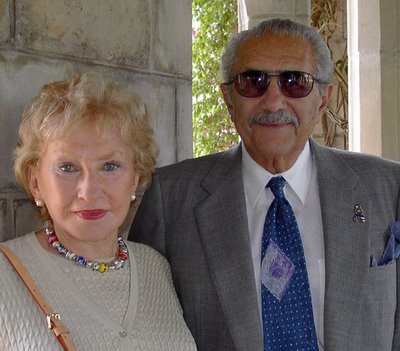

American feminist who defined the women's struggle in political terms and whose The Feminine Mystique radicalised thousands
BETTY FRIEDAN has been called “the mother of American feminism”. Her contribution to the movement’s ideas and to its institutional structure was essential. Her book, The Feminine Mystique (1963), helped to launch the modern women’s movement, and she played a leading role in the foundation of the National Organisation for Women and other important feminist institutions.
She came to be treated with suspicion by younger, more radical feminists and was criticised for ignoring the perspective and the problems of working class and African-American women. This was ironic, since in her early life Friedan was a left-wing activist and campaigner for black civil rights — though she later took some pains to conceal this.
She herself contributed to this misunderstanding, saying that in the 1950s “I was certainly not a feminist . . . None of us were a bit interested in women’s rights.”
The truth is that she was intensely committed to equality for women from her student days, and as early as 1952 published anonymously for a militant union a strong and influential pamphlet called UE Fights for Women’s Rights.
A 1998 biography by Daniel Horowitz reveals that when, in writing and publicising The Feminine Mystique, she portrayed herself as a middle-class housewife who had thought little about “the women question”, she was rewriting her own life. For 20 years before her book appeared, she had worked as a journalist for union and left-wing newspapers and magazines and campaigned for a number of radical causes.
Intensely controversial, then and to this day, the book was one of the half-dozen books that did most to change American life in the 20th century, and indeed the role and consciousness of women everywhere. The president of Cornell University, where she started the world’s first department of women’s studies in 1972, said that she “redefined the place of women in American society”. She changed the way women in America and elsewhere thought about themselves, about men, and about the family, and in so doing she changed the Western world.
Friedan was born Bettye Naomi Goldstein in Peoria, Illinois, the paradigm of Middle Western solidity. (She dropped the “e” in her first name after college.) Her father was a prosperous and socially conservative jeweller, and from an early age she rebelled against the beliefs and assumptions of the comfortable, upper-middle class world in which she was brought up.
She was educated at Smith College, one of the “heavenly seven” elite women’s colleges in New England, where she was a stridently radical editor of the student newspaper — this was the late 1930s, when many American intellectuals were far to the Left — and graduated summa cum laude. At Smith, which at that time, like other privileged American colleges, was much afflicted with middle-class guilt, she came under the influence of a radical economics teacher, Dorothy W. Douglas, who introduced her to Communist texts. Friedan loved Smith. It freed her from a sense of isolation that had punished her, as the child of a prosperous family in an industrial town, as a brainy girl in a non-academic high school, and as a Jew. After graduating she studied for a year at the University of California at Berkeley. She planned to stay on to do a doctorate in psychology, but her first serious boyfriend resented that she had won a fellowship when he had not. She had a furious row with her father, who accused her of immorality, and he died soon after.
She left graduate school and went to New York to work for a left-wing news agency, Federated News. She was actively involved in the full range of left-wing causes, including objecting to US involvement in the Second World War on the ground that imperialist Britain should not be supported. But from the start she also focused on stories involving the difficulties of working women, who “still have two jobs to do”. In 1946 she married Carl Friedan, an actor who had been entertaining soldiers in Europe. That same year she went to work for UE News, the left-wing paper put out by a union that had been captured by the communists. There, she campaigned for a “gender-blind workplace”. She also took part in one of the first national women’s conferences since the war.
She left UE in circumstances that are unclear, but which seem to have involved her losing her job to a man with greater seniority. At that point she stopped writing as Betty Goldstein, and wrote for magazines as Betty Friedan.
In The Feminine Mystique she painted an unforgettable picture of the boredom and alienation of women in the newly prosperous postwar suburbs. The Friedans certainly moved to the suburbs, but in circumstances rather different from those she evoked. Their first suburban home was in a racially integrated area in Queen’s, where Friedan organised a rent strike and transformed the community newspaper into a radical sheet.
In 1957 she sent a questionnaire to members of her graduating class at Smith, who were about to celebrate their 15th reunion. The answers from her contemporaries, expressing their frustration and disappointment with marriage and motherhood, were the intellectual starting point for her book.
There has been heated discussion about why she chose to portray herself as an apolitical suburban mother when she was in fact a radical activist and journalist. But these were the McCarthy years. Her message might have been discounted if she presented it as the predictable jeremiad of a professional radical.
This was a time when much radical criticism of American life had been channelled by such male writers as David Riesman (The Lonely Crowd, 1950), C. Wright Mills (The Power Elite, 1956) and Vance Packard (The Hidden Persuaders, 1957) into popular sociology. At one level The Feminist Mystique was a female equivalent of those books.
It begins with a painful evocation of the dissatisfaction of the suburban housewife. She was “the dream image of the young American woman and the envy, it was said, of women all over the world . . . freed by science and labor-saving appliances from the drudgery, the dangers of childbirth and the illnesses of her grandmother”. Yet, “as she made the beds, shopped for groceries, matched slipcover material, ate peanut butter sandwiches with her children, chauffeured Cub Scouts and Brownies, lay beside her husband at night — she was afraid to ask even of herself the silent question ‘Is this all?’.”
Page 1 Page 2
http://www.timesonline.co.uk/article/0,,60-2026461,00.html
The Sexual Solipsism of Sigmund Freud
http://www.marxists.org/reference/subject/philosophy/works/us/friedan.htm






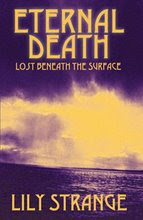










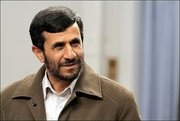

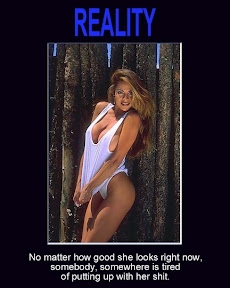
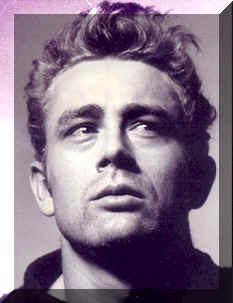






9 comments:
gahh!
bahh!
papa!
vill mizzzes you
HFLLU
LUBSEDINGSSSSSSSSSSSSSSS MOUSIES ABOVE
mizzez u too came bak soon plz
You dogless son of a mother!
If I had a hammer
I'd hammer in the morning
I'd hammer in the evening ... all over this land,
I'd hammer out danger
I'd hammer out a warning
, and if i had a gun
i'd shoot these sons of guns
All over dis blogg of mine,
Man is least himself when he talks in his own person. Give him a mask, and he will tell you the truth.
-Oscar Fingall O'Flahertie Wills Wilde (1854-1900)
Quote WorldFamous Quotes at QuoteWorld.org
DAMN Annony mouses !
Post a Comment